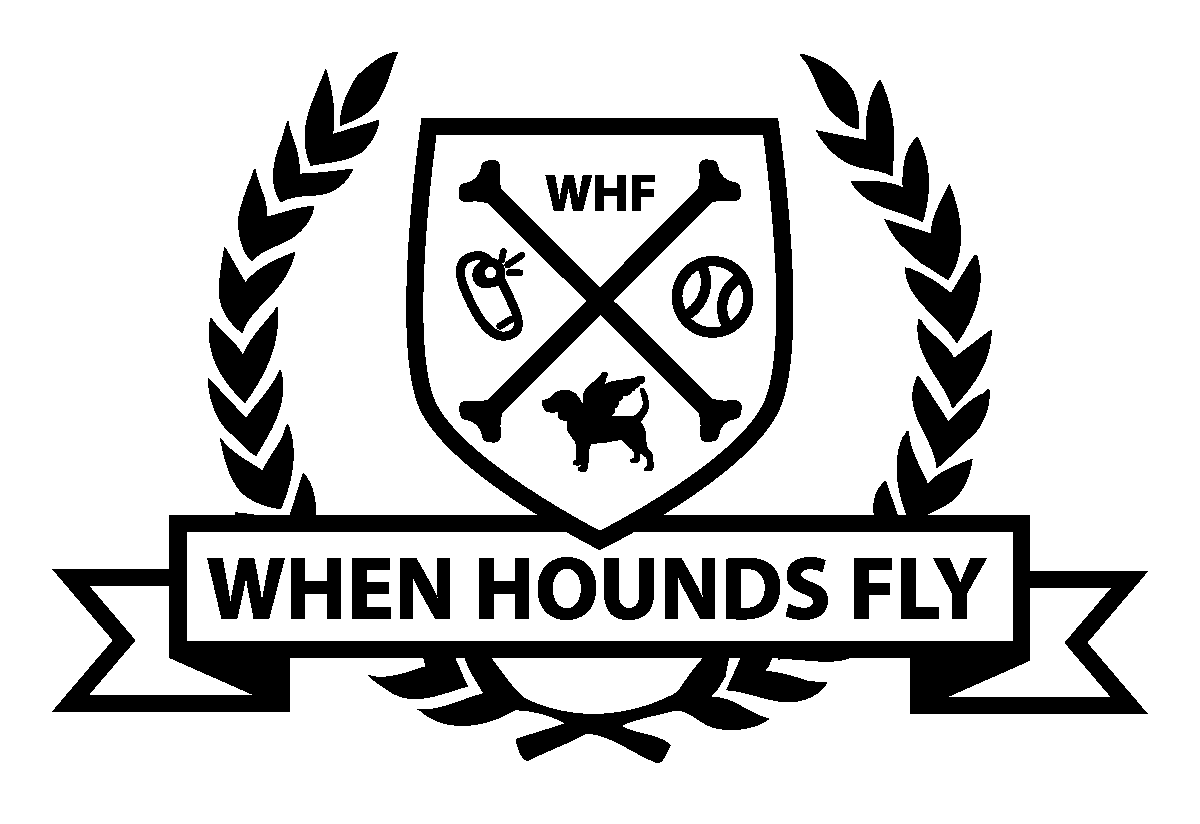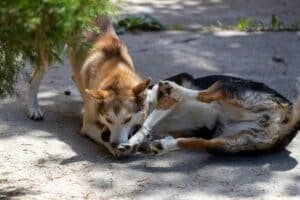By Andre Yeu, Founder, When Hounds Fly
In light of a recent article from the Toronto Star about the distribution of aggressive dogs in Toronto, many dog owners are increasingly concerned about safety during their daily walks. The Star provided a breakdown of breeds and locations where dangerous dogs have been reported.
While it’s crucial to approach this topic with sensitivity and understanding that not all dogs of a certain breed are aggressive, it’s equally important to ensure personal and pet safety. Here are some essential tips on how to keep you and your dog safe from potentially dangerous encounters.
- Approach Unknown Dogs Cautiously
When encountering dogs you’re unfamiliar with, it’s wise to treat them as potentially risky until proven otherwise. This cautious approach isn’t about fear-mongering; it’s about ensuring safety until the dog’s behavior can be confidently assessed.
- Individual Dog Assessment
While the Toronto Star article noted that breeds such as German Shepherds, American Bulldogs, and Labrador Retrievers were more frequently identified as aggressive, it also mentioned aggression in other breeds like Beagles and Standard Poodles. This diversity in the list suggests that aggression can potentially come from any breed. Every dog should be individually assessed rather than stereotyped based purely on breed.
- Avoid On-Leash Greetings
Many dogs exhibit heightened aggression when on a leash. To minimize risk, avoid allowing your dog to greet other dogs while leashed. Instead, train your dog to pass by others without interacting. If your dog must greet another, ensure it’s one they are already familiar with and introduce them gradually over time in controlled situations.
- Handling Off-Leash Dogs in On-Leash Areas
If you encounter an off-leash dog in an area where leashes are mandatory, maintain a cautious approach. Safely increase distance by arcing wide, crossing the street, or even turning around completely. These actions can prevent a potentially dangerous situation from escalating.
- Recognize Warning Signs
Understanding a dog’s body language can be crucial in preventing attacks. Signs of potential aggression include stiffness, an intense gaze, and a forward-leaning posture. Such signs indicate that the dog is on high alert and possibly assessing whether to act aggressively. Recognizing these signs early can give you time to react appropriately and ensure safety.
- Brief Interactions in Off-Leash Areas
Even in designated off-leash areas, it’s important to keep interactions between dogs brief. If an unfamiliar dog approaches, allow a quick sniff and then continue moving. Prolonged interactions can sometimes lead to aggressive behavior, so it’s best to keep them short and under control.
- Emergency Responses to Aggression
Should an aggressive dog confront you, prioritize your and your dog’s safety above all else. For smaller dogs, lifting them to a higher place out of reach can prevent them from being attacked. If you are threatened, try to remain upright and use objects like bags or your jacket to create a barrier between yourself and the aggressive dog. These barriers can offer protection and help manage the situation until it’s safe or help arrives.
If an attacking dog has bitten and is holding onto your dog or another person, pulling away can actually increase the attacker’s grip, and lifting a smaller dog can cause further injury due to the weight of the attacking dog pulling down. Instead, it’s more effective to shock the attacking dog into releasing its hold. You can do this by spraying it with water or a deterrent, making a loud noise, or using the “wheelbarrow” technique where you lift the dog’s rear legs off the ground. If a dog has bitten and held onto you, do not pull away; instead, push towards the bite or “feed the bite,” as this is more likely to make the dog let go.
Conclusion
With the growing concern over aggressive dogs, especially in densely populated cities like Toronto, understanding how to navigate these situations is vital for the safety of both owners and their pets. By adopting cautious practices, recognizing the signs of aggression, and knowing how to respond in emergencies, you can protect yourself and your dog from potential harm.

